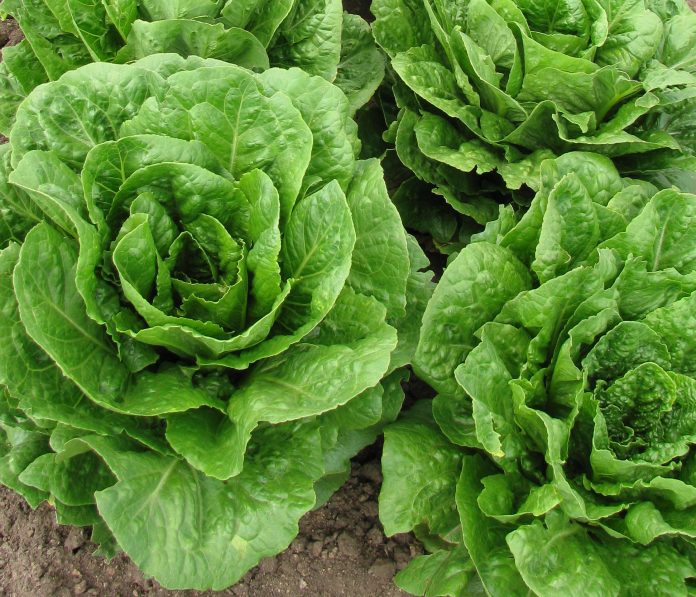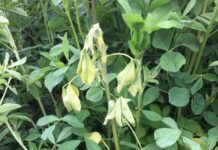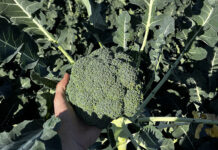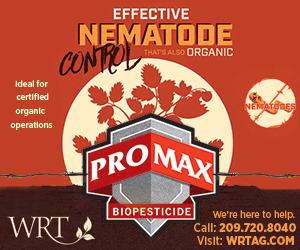
Five Romaine lettuce varieties that brown less quickly and are slower to deteriorate postharvest have been identified by Agricultural Research Service scientists.
In determining the genetic basis for deterioration, the researchers have identified the location of genes associated with postharvest deterioration of fresh cut lettuce and are in the process of identifying genes associated with browning—two economically important traits. This work will accelerate development of new Romaine varieties with better shelf life as lettuce breeders will be able to check that offspring carry these genes without needing to grow out and test for browning and deterioration resistance.
Lettuces are the most popular commercially produced leafy vegetable in the world and one of the top 10 most valuable crops in the United States. One of the main challenges with this crop is that it is highly perishable.
Having the molecular markers means that slow deterioration and eventually less browning can be more easily integrated into lettuce breeding. The inability to evaluate for deterioration has been an impediment to breeding advances, said study leader Ivan Simko, ARS Crop Improvement and Protection Research Unit in Salinas.
When you consider browning and deterioration ratings together, the best breeding lines for commercial production and also for use as parents to develop new varieties are (in alphabetic order): Darkland, Green Towers, Hearts Delight, Parris Island Cos, and SM13-R2, which is a breeding line developed at the ARS lab in Salinas.
In addition, the researchers found the chromosome region that contains the genes for slow deterioration also contains four genes (Dm4, Dm7, Dm11, and Dm44) and one DNA region (qDm4.2) that codes for resistance to downy mildew—one of the costliest lettuce diseases.
This colocation indicates a strong linkage between one or more of the four genes and the rate of deterioration. DNA-based markers can be used to develop new breeding lines with slow rate of deterioration and desirable combinations of resistance genes. Deterioration is the rupture of cells within lettuce leaves, leading to waterlogging and the lettuce turning to mush. Browning is the discoloration of the edges of lettuce after cutting or tearing. Either development can spoil the leafy vegetable’s value by decreasing shelf life.
In an effort to control browning and prolong shelf life, lettuce processors have been turning to modified atmosphere packaging and flushing bags of cut lettuce with nitrogen gas to reduce oxygen levels in the bags.
These practices are expensive and can lead to other problems such as off-odors and, when coupled with high storage temperatures, anaerobic bacteria growth on the bagged lettuce.
















